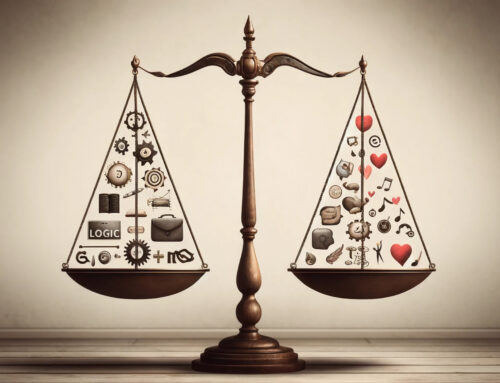In modern times the use of personal computer screen savers has changed with the advent of liquid crystal (LCD) and light emitting diode (LED) displays. Back in the day, however, in the early develoment of personal computing, the display screen technology used would literally burn an image of what’s on your screen into the screen itself if the image stayed constant for too long. This phosphor burn-in of, particularly, cathode ray tube (CRT) screens resulted in the advent of the screen saver industry.
As time went by creative computer programmers started using animations to make the screen saver’s appearance more interesting. One such innovative new-style screen saver was Flying Toasters in the After Dark series, created by Stewart and MacDonald’s Software Dynamics/Dynamic Karma/Berkeley Systems. (Some controversy exists regarding the original and current owners of the right to call themselves the creators of Flying Toasters, probably due to the huge commercial success of the product.)
Particularly popular with Mac users, this interstellar-warrior-like-outer-space flying toaster-with-toast moving image, featuring sound and animated on-screen captions, became the most famous of all screen savers.
Flying Toasters is hence credited with inspiring the launch of the popular modern screen saver style of interesting moving objects of any imaginable kind. The screen saver industry continues to develop new products for users today, even though they are not strictly necessary to prevent phosphor burn-in anymore.
It’s amazing how inspiring toasters and toast can be!
- Download a modern version OS X Snow Leopard-enabled example of the Flying Toasters screen saver here.
- For more on the fascinating and creative world of screen savers and what can be done with them, follow this Wikipedia link.
Louis Eksteen is the Managing Director of Twisted Toast. Follow him on Twitter or connect with him on LinkedIn.




